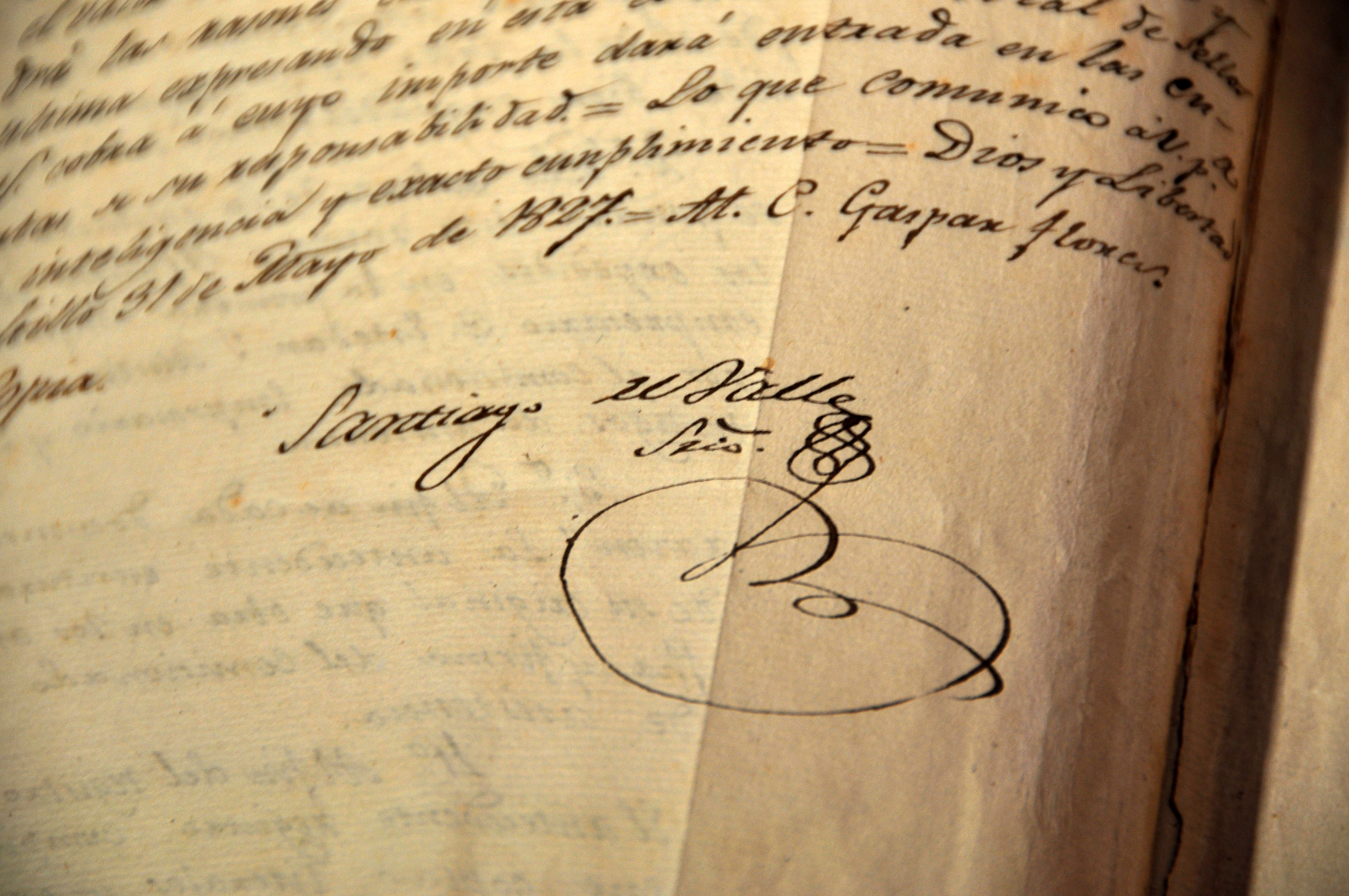County/Region:
Orange
Project Partner/Recipient:
City of Orange
Summary:
The City of Orange placed a canoe launch near the boat ramp in the waterfront park. A ramp was attached to the canoe launch in compliance with the Americans with Disability Act (ADA).
County/Region:
Orange
Project Partner/Recipient:
City of Orange
Summary:
The City of Orange constructed a 50-foot pier.
County/Region:
Project Partner/Recipient:
City of Corpus Christi
Summary:
County/Region:
Nueces
Project Partner/Recipient:
City of Corpus Christi
Summary:
The City of Corpus Christi acquired 49.53+/- acres, known as the Gaines tract, of uplands, floodplain, wetlands and sand flats, formerly used for grazing, as part of the development of the new 162 +/-acre Oso Bay Wetland Preserve.
County/Region:
Lower Coast
Project Partner/Recipient:
The Center for Progressive Studies and Culture, Inc.
Summary:
The Center for Progressive Studies and Culture, Inc. collected additional water quality and biological data necessary for TCEQ to develop site-specific dissolved oxygen criteria for Oso and Laguna Madre.
County/Region:
Nueces
Project Partner/Recipient:
City of Corpus Christi
Summary:
The City of Corpus Christi procured professional planning and pre-engineering to perform and environmental survey and analysis and a recreational use conceptual plan for a newly acquired piece of land.
County/Region:
Matagorda
Project Partner/Recipient:
Texas A&M University - AgriLife Extension Service
Summary:
Texas A&M AgriLife Research will develop geographic information system and remote sensing-based methods for identifying the locations of on-site sewage facilities (OSSFs) and compare the capabilities of these methods to ground-truthed OSSF data.
County/Region:
Galveston
Project Partner/Recipient:
Trust for Public Land
Summary:
The Trust for Public Land acquired approximately 85 acres of intertidal habitat surrounding the Ostermayer Bayou.
County/Region:
Brazoria
Project Partner/Recipient:
Galveston Bay Foundation
Summary:
This project protected and completed marsh restoration at West Bay and Oyster Lake in Brazoria County, TX.
County/Region:
Brazoria
Project Partner/Recipient:
Galveston Bay Foundation
Summary:
The project reduced wave energies impacting the shoreline between Oyster Lake and West Bay and restored fringing marsh habitat through the installation of hard structure breakwaters and transplanting of marsh vegetation behind the structures.
County/Region:
Lower Coast
Project Partner/Recipient:
Texas A&M University at Galveston
Summary:
Texas A&M University at Galveston ground-truthed the maps that delineate oyster reefs on the Copano Bay bottom, finished the remaining surveying of the bay, and processed geophysical data.
County/Region:
Upper Coast
Project Partner/Recipient:
Galveston Bay Foundation
Summary:
Galveston Bay Foundation created oyster reef and fringing marsh habitat for the purpose of protecting shorelines, improving water quality, and increasing fisheries habitat.
County/Region:
Lower Coast
Project Partner/Recipient:
Texas A&M University at Galveston
Summary:
Texas A&M University at Galveston mapped the bottom of Copano Bay to identify and delineate oyster reefs and other bottom features.
County/Region:
Calhoun
Project Partner/Recipient:
Texas A&M University at Galveston
Summary:
Texas A&M University at Galveston purchased a boat, outfited it, and begin mapping oyster reefs in Lavaca Bay using a side-scan sonar and sub-bottom profiler.
County/Region:
Coastwide
Project Partner/Recipient:
Texas Parks & Wildlife Department
Summary:
Texas Parks and Wildlife Department hired a staff person to provide support to the mapping project.
County/Region:
Calhoun
Project Partner/Recipient:
Texas A&M University at Galveston
Summary:
Texas A&M University-Galveston completed the Oyster Reef and Anthropogenic Impact Mapping of Lavaca Bay project that began under Cycle 6.
County/Region:
Coastwide
Project Partner/Recipient:
Texas Parks & Wildlife Department
Summary:
Texas Parks and Wildlife Department provided support to Texas A&M University - Galveston to help complete the Oyster Reef and Anthropogenic Impact Mapping of Lavaca Bay.
County/Region:
Galveston
Project Partner/Recipient:
Galveston Bay Foundation
Summary:
The Galveston Bay Foundation reinstated their oyster restoration program to reestablish productive oyster reefs in Galveston Bay and to increase awareness among the general public of the ecological importance of oysters and oyster reefs.
County/Region:
Nueces
Project Partner/Recipient:
Nueces County
Summary:
Nueces County Coastal Parks Department will construct additional amenities that enhance public access to coastal habitats, provide educational outreach and expand important coastal barrier island wildlife through the creation of 1.5-acre woodland habitat.
County/Region:
Nueces
Project Partner/Recipient:
Nueces County Coastal Parks Department
Summary:
Nueces County Coastal Parks Department will provide a resilient living shoreline by incorporating gray-green infrastructure. In addition to the living shoreline, a raised pier structure will be constructed for public access.








